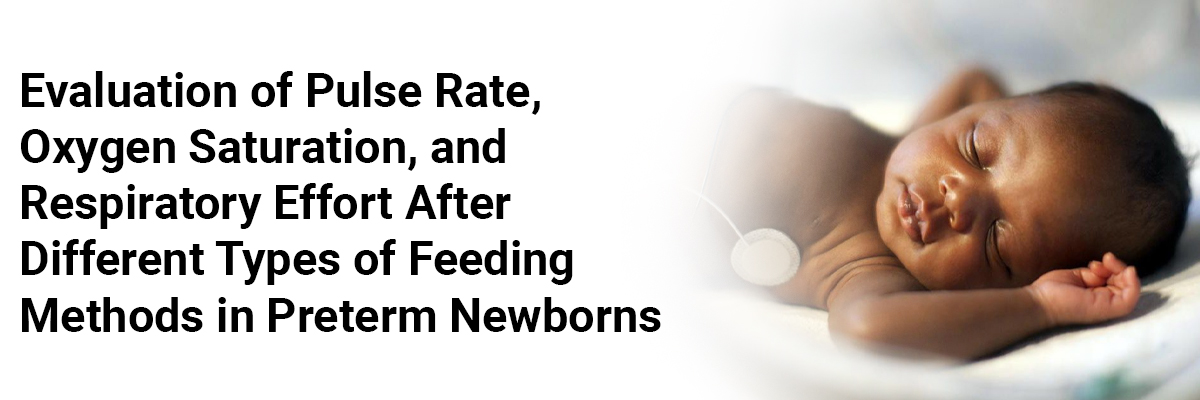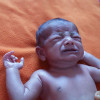
 IJCP Editorial Team
IJCP Editorial Team
Evaluation of Pulse Rate, Oxygen Saturation, and Respiratory Effort after Different Types of Feeding Methods in Preterm Newborns
In the initial days of hospitalization, preterm newborns receive combinations of breastfeeding, spoon/paladai feeding, and/or gavage feeding. Each of these methods may have a different impact on vital parameters.
A recent study investigated the changes in vital parameters concerning different feeding methods and postmenstrual age (PMA) in preterm newborns. The study included physiologically stable preterm newborns with PMA <37 weeks on full enteral feeds; who were monitored for Respiratory rate (RR), pulse rate (PR), oxygen saturation (SPO2), nasal flaring, and lower chest indrawing before and up to 3 h after the breastfeeding/spoon (paladai) feeding/gavage feeding or their combinations. These vital parameters were evaluated concerning the feeding methods and PMA groups using ANOVA.
The observations were as follows-
- 383 records from 110 newborns were analyzed.
- None of the infants developed chest indrawing or nasal flaring after any feeding method.
- During the 3 h period of monitoring, vital parameters altered significantly except in the gavage feeding group.
- The mean PR did not change, but the mean RR and SPO2 changed greatly at different PMA.
Thus, Vital parameters showed a change after different types of feeding methods and at different PMA.
the effect of different feeding methods and PMA on vital parameters must be described in the multicentric prospective study in the future.
Patel DV, Shah D, Kantharia KA, et al. Evaluation of Pulse Rate, Oxygen Saturation, and Respiratory Effort after Different Types of Feeding Methods in Preterm Newborns. International Journal of Pediatrics.. 2022;2022. https://doi.org/10.1155/2022/9962358

IJCP Editorial Team
Comprising seasoned professionals and experts from the medical field, the IJCP editorial team is dedicated to delivering timely and accurate content and thriving to provide attention-grabbing information for the readers. What sets them apart are their diverse expertise, spanning academia, research, and clinical practice, and their dedication to upholding the highest standards of quality and integrity. With a wealth of experience and a commitment to excellence, the IJCP editorial team strives to provide valuable perspectives, the latest trends, and in-depth analyses across various medical domains, all in a way that keeps you interested and engaged.














Please login to comment on this article